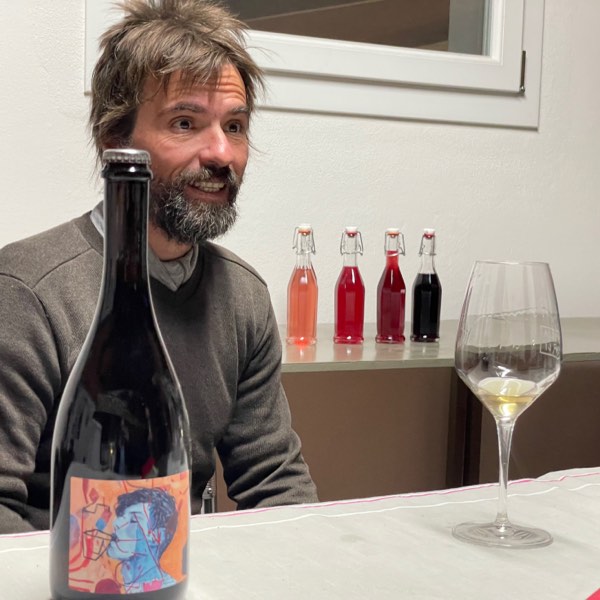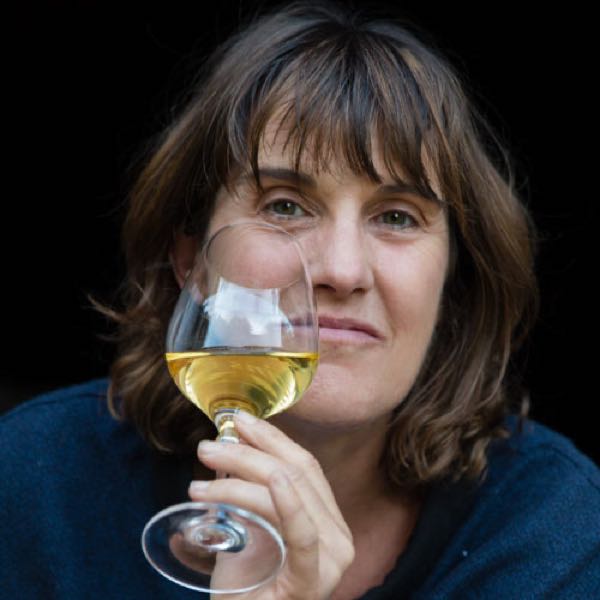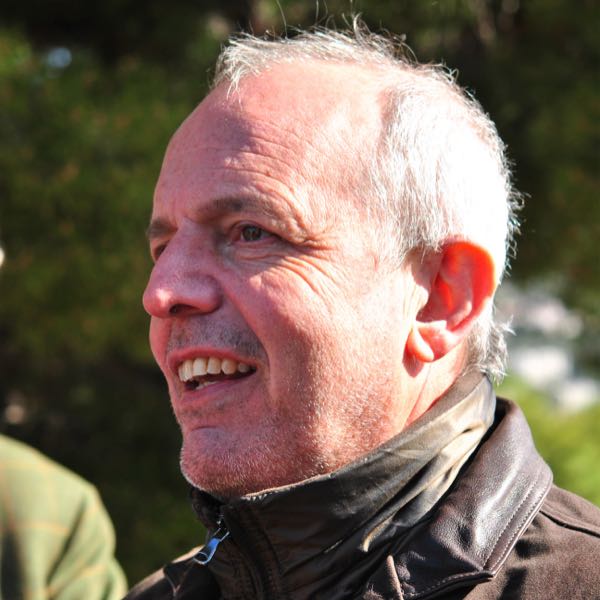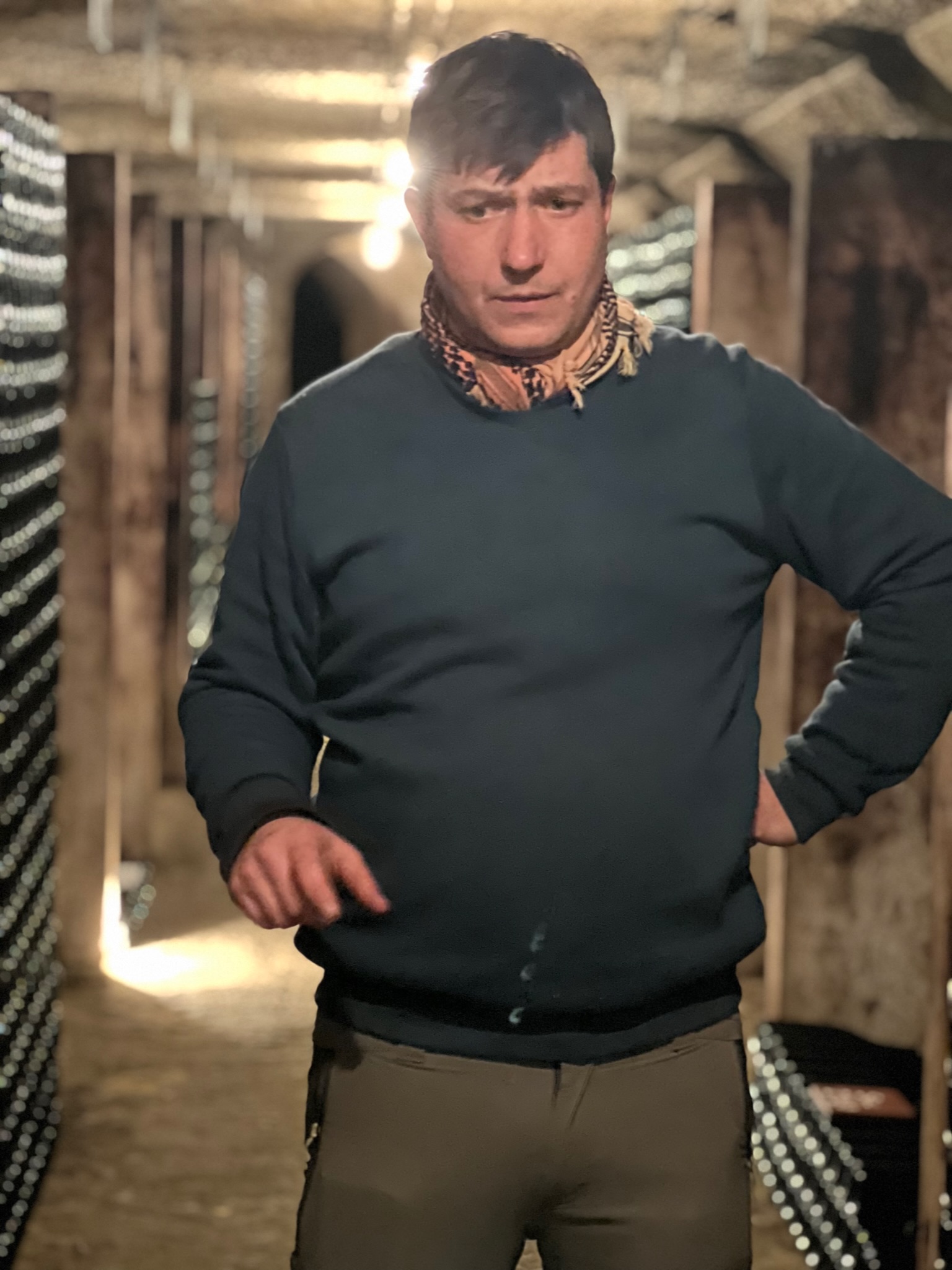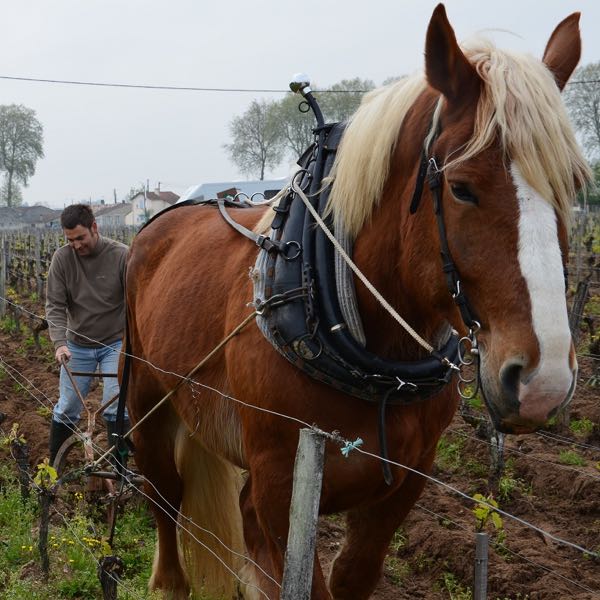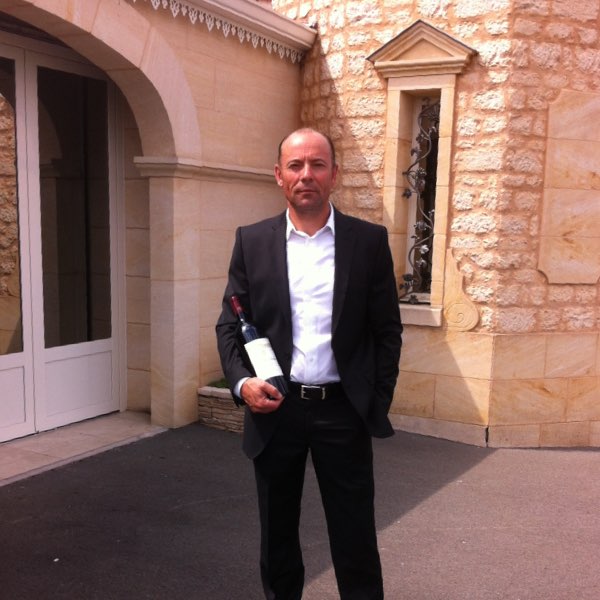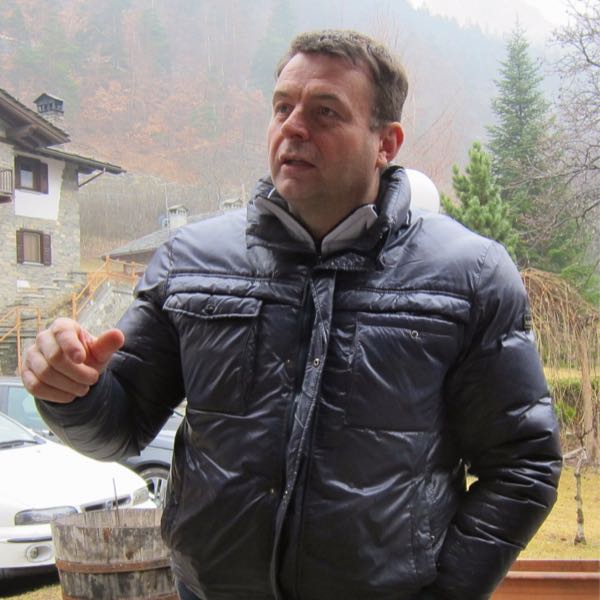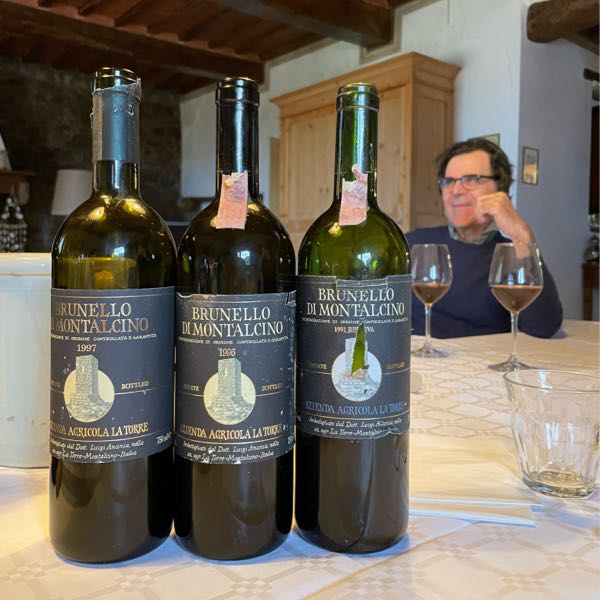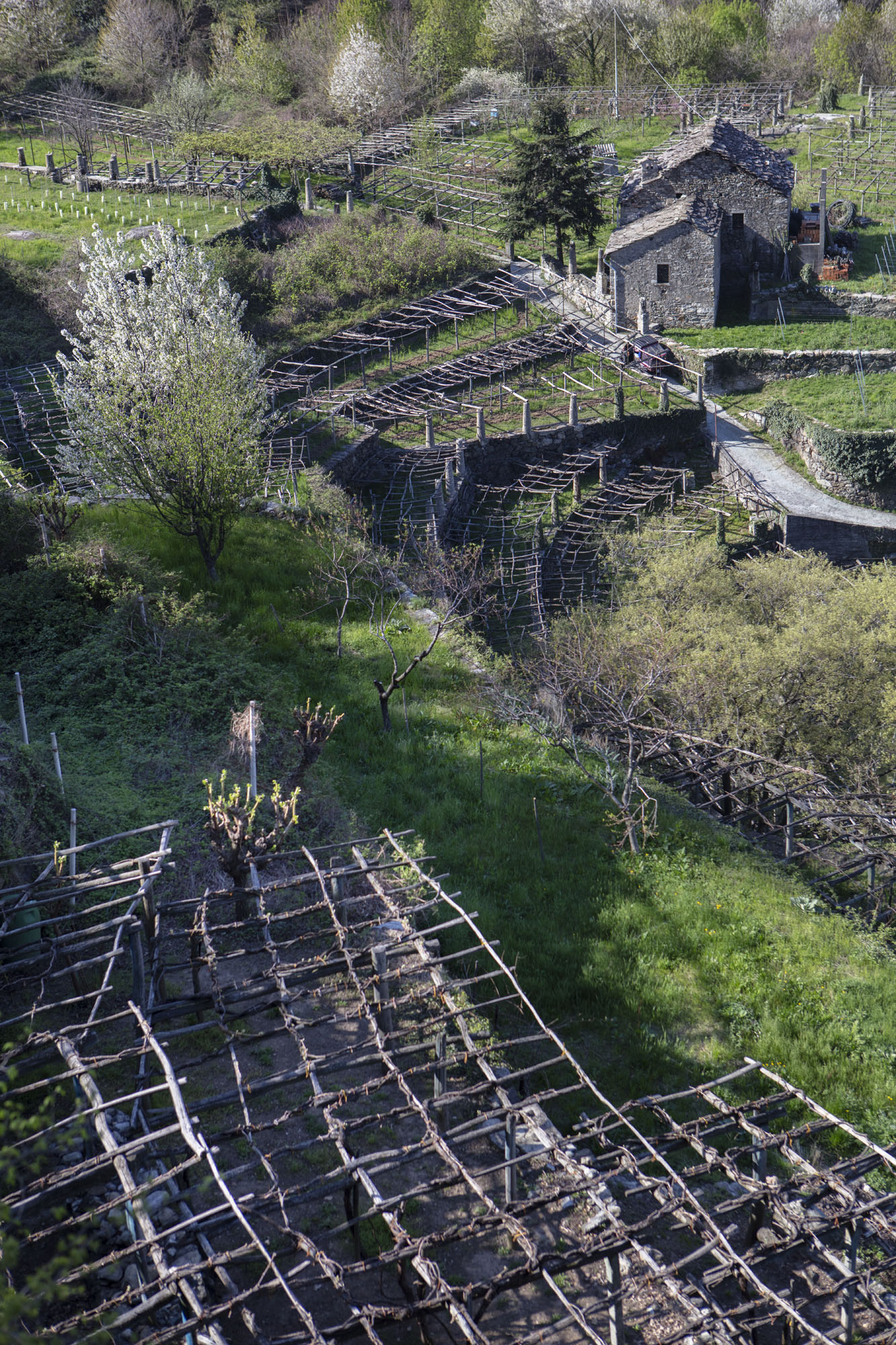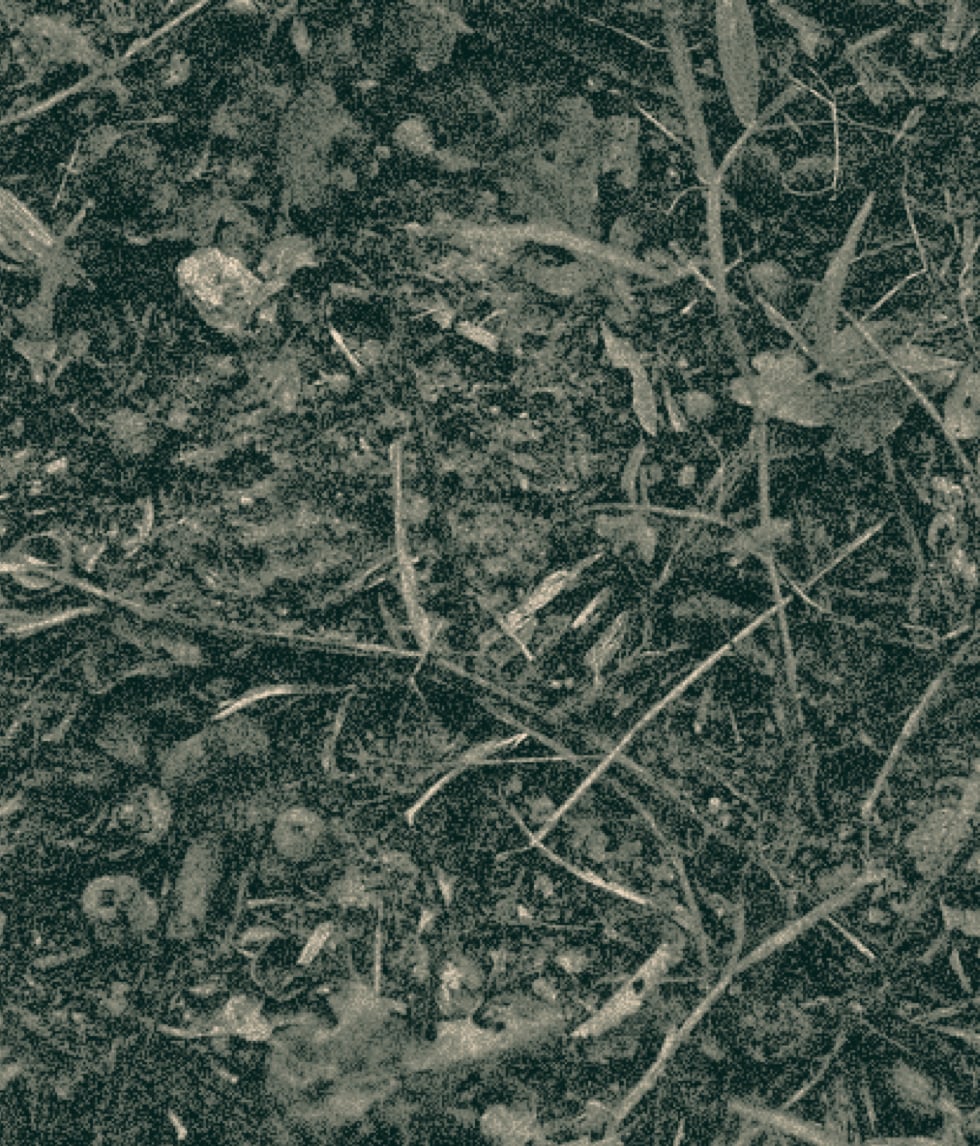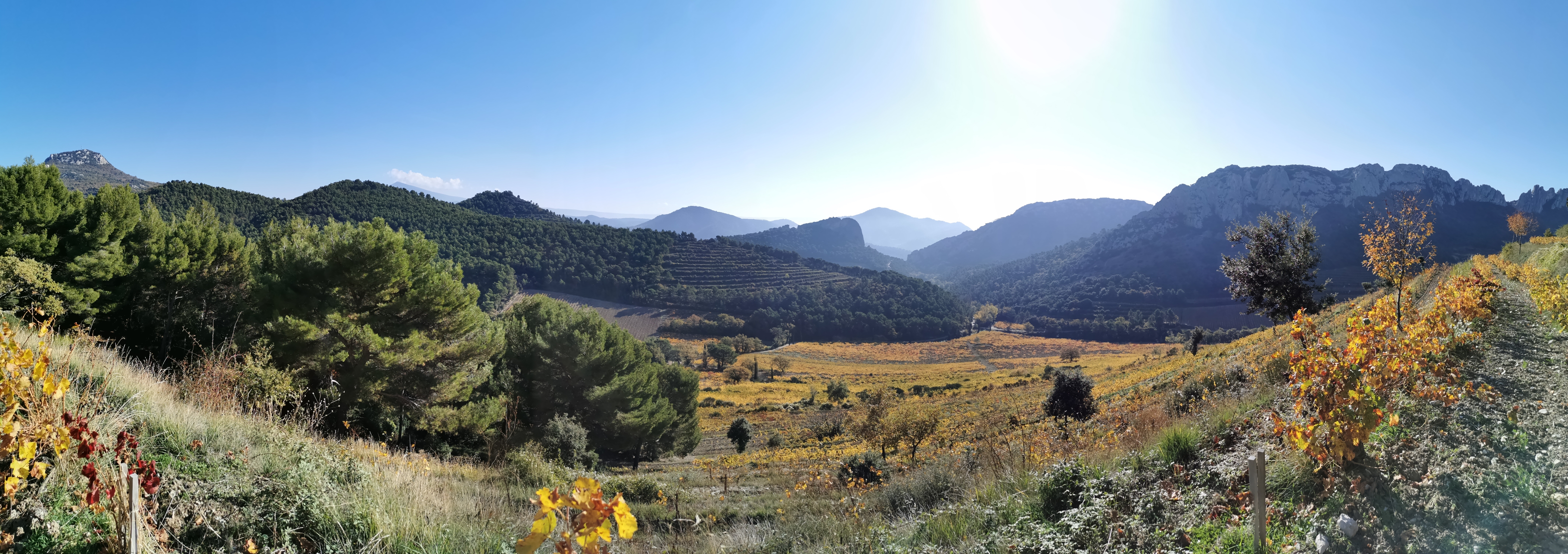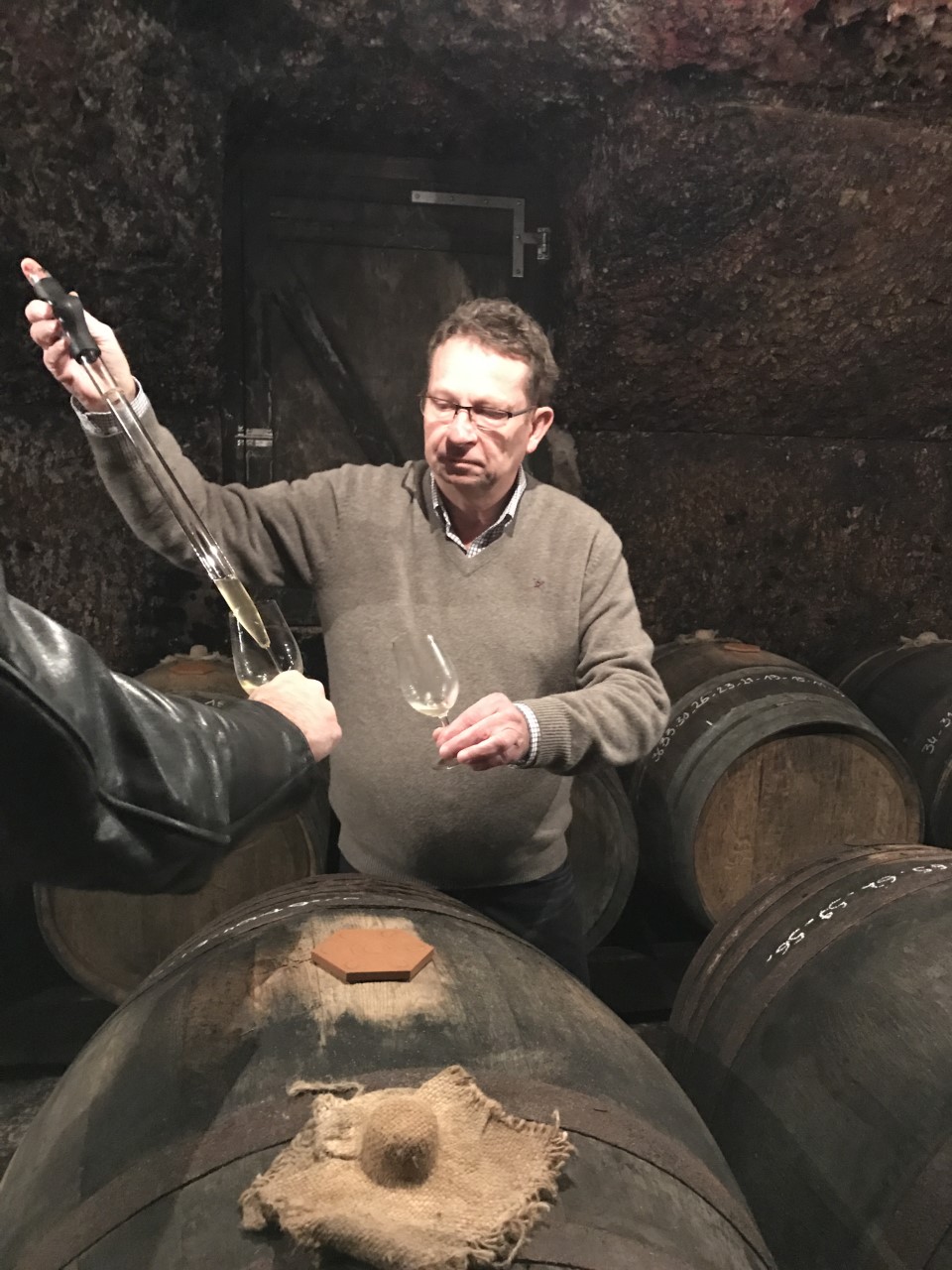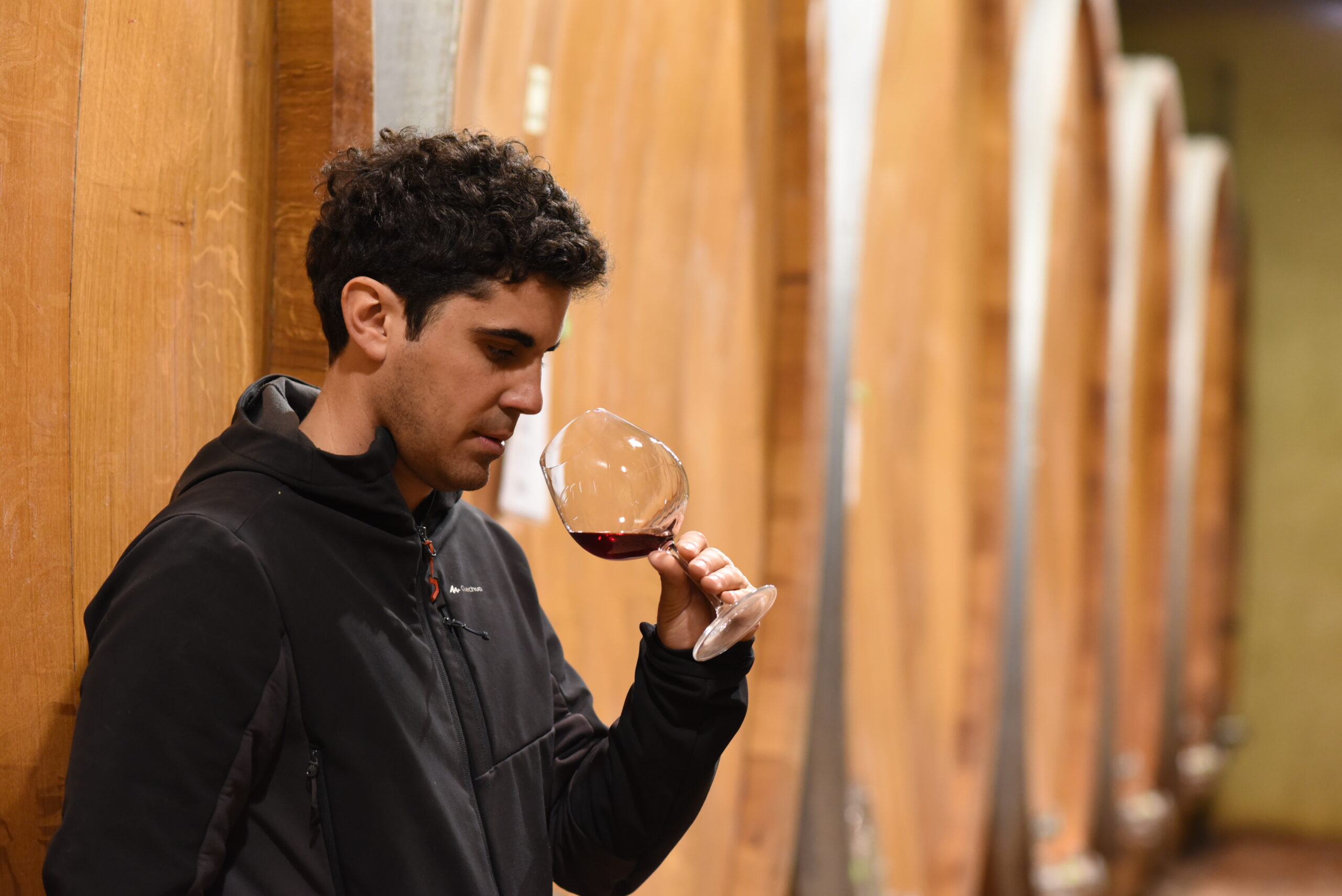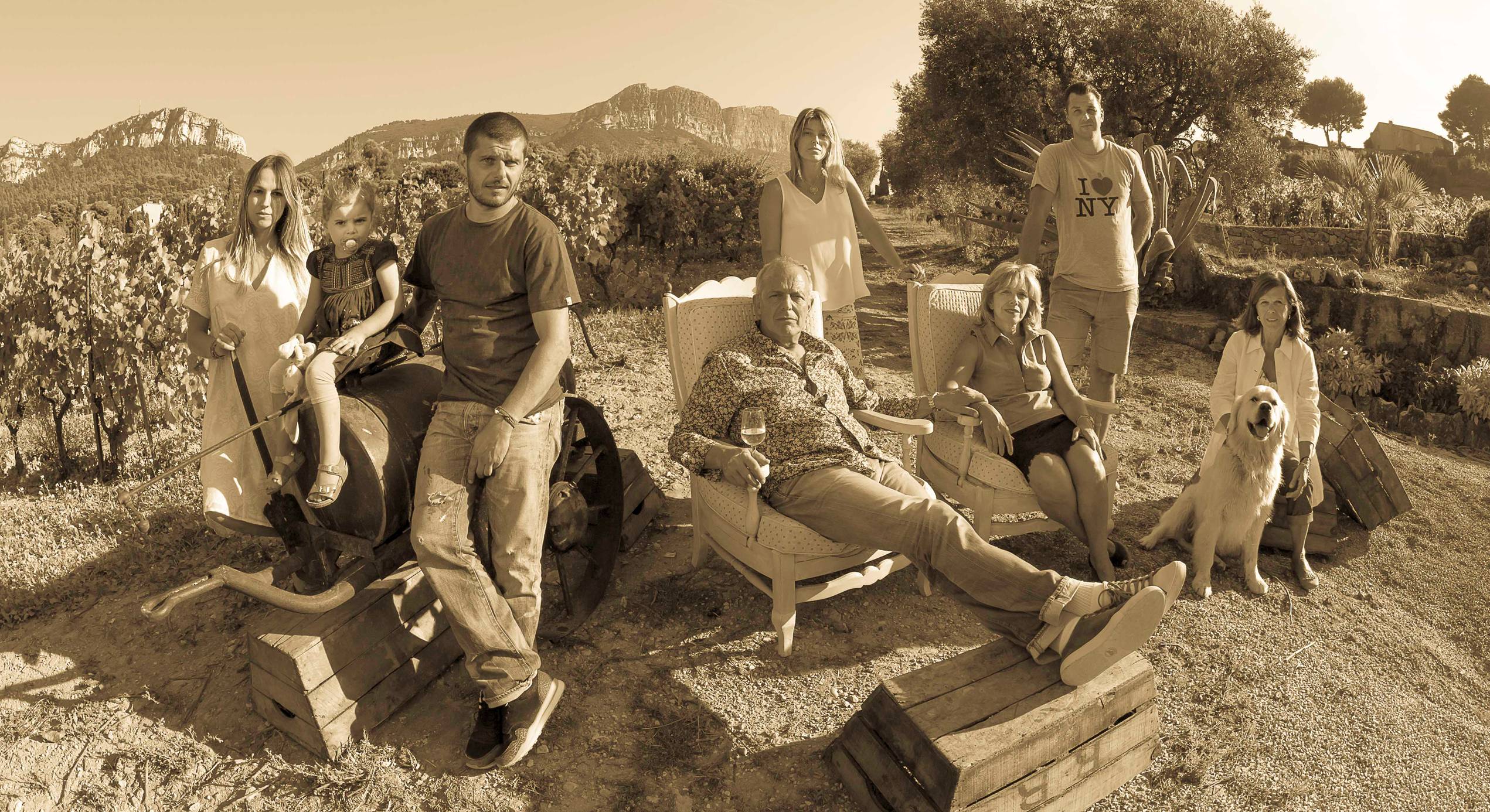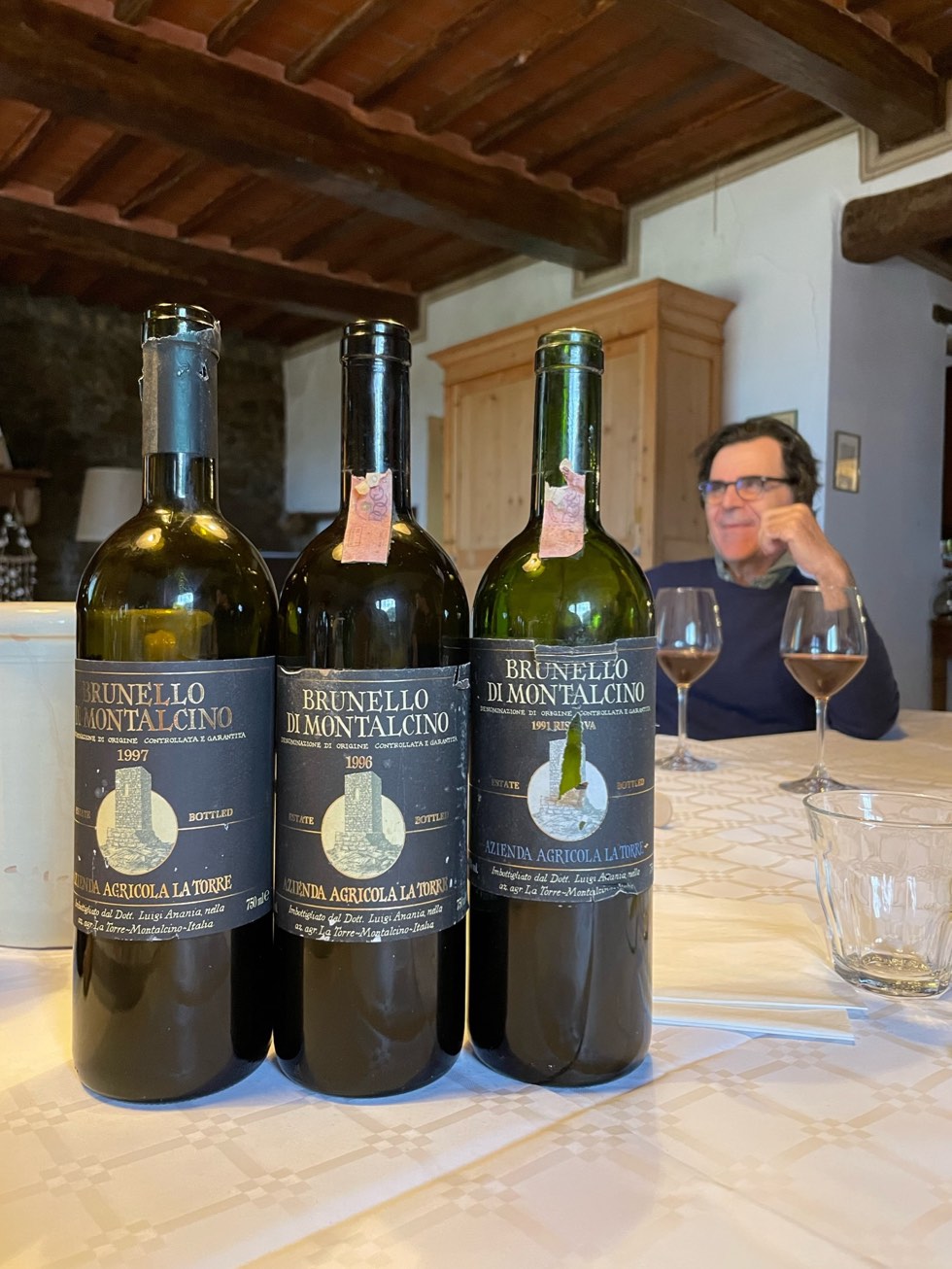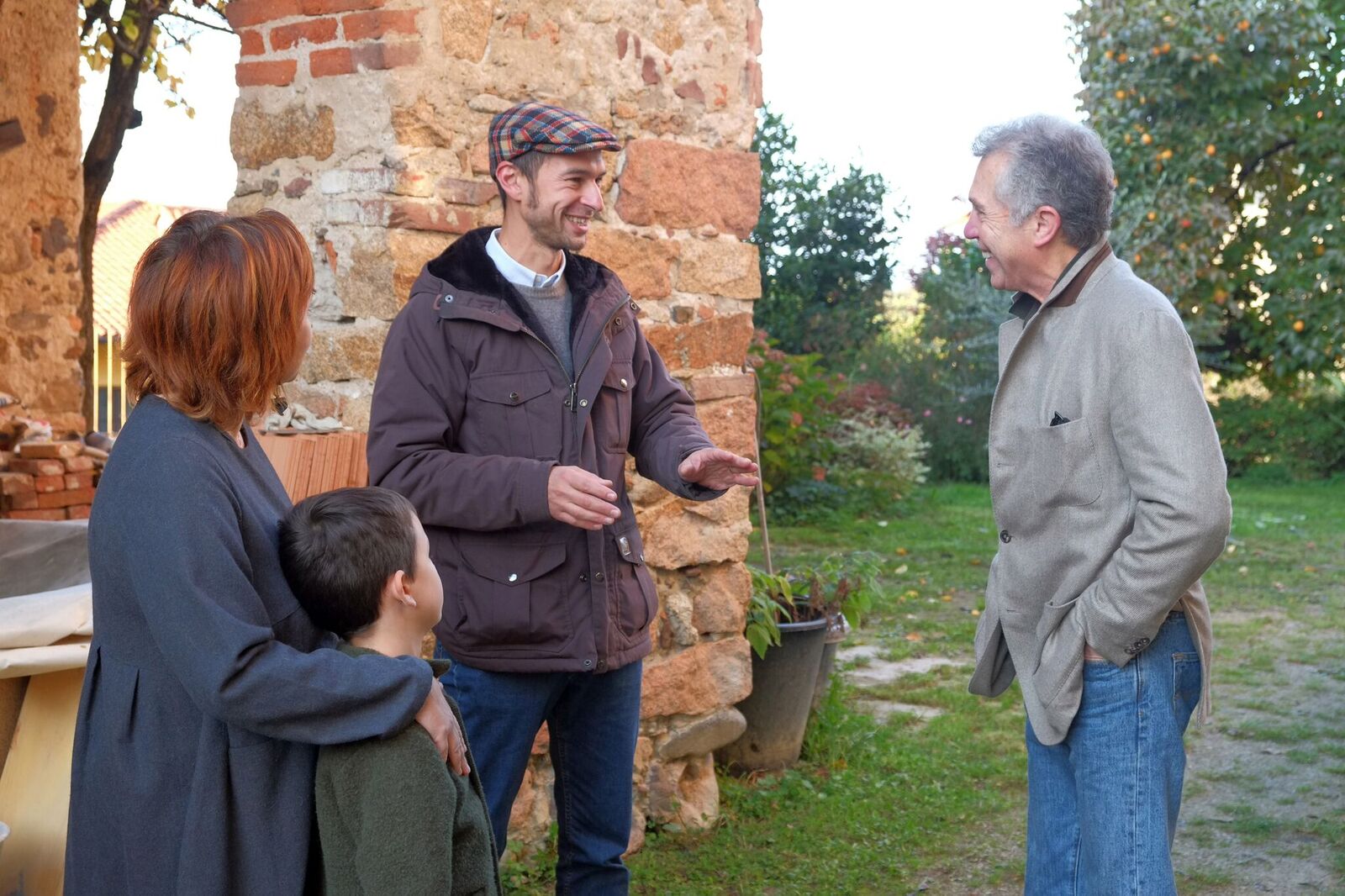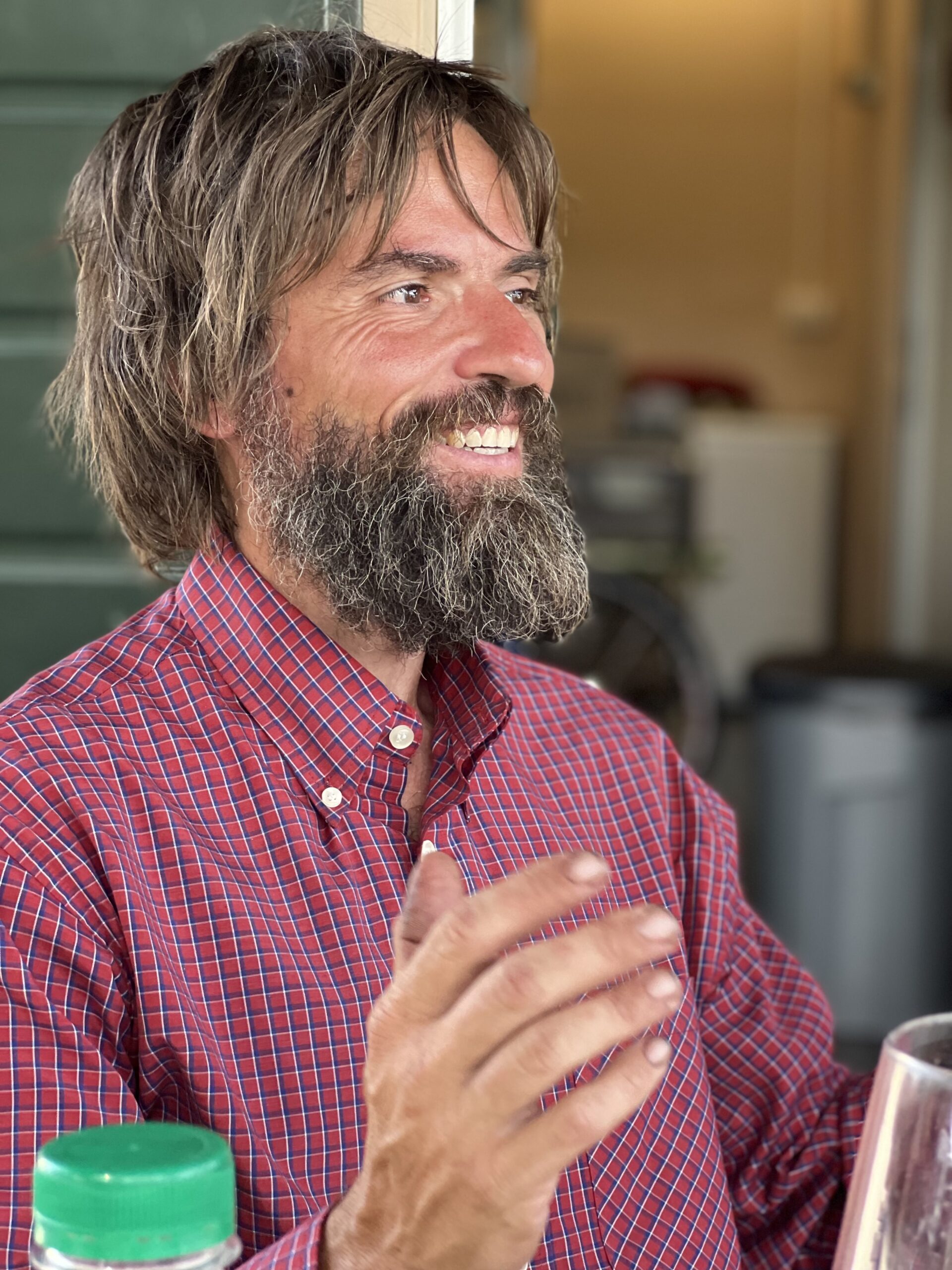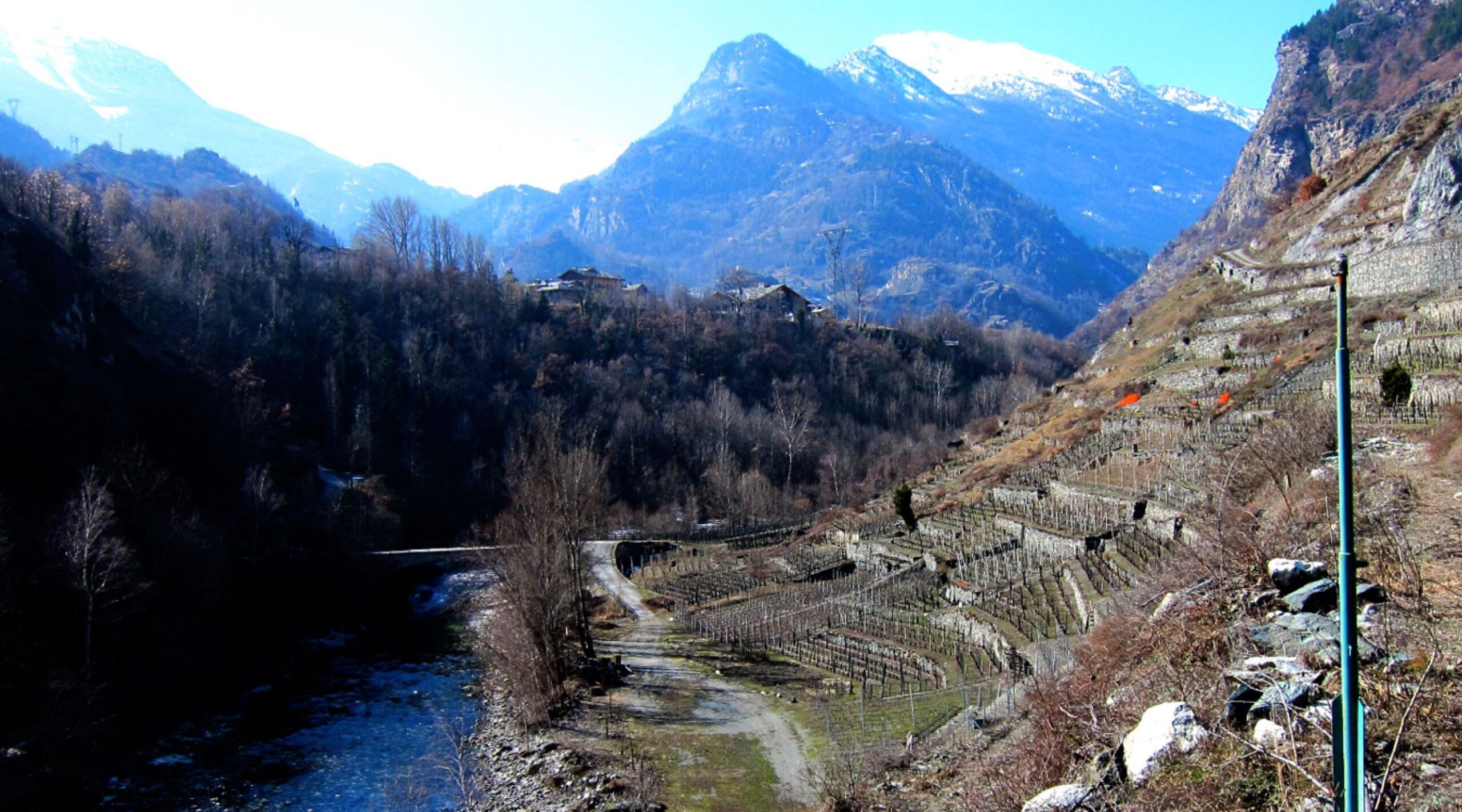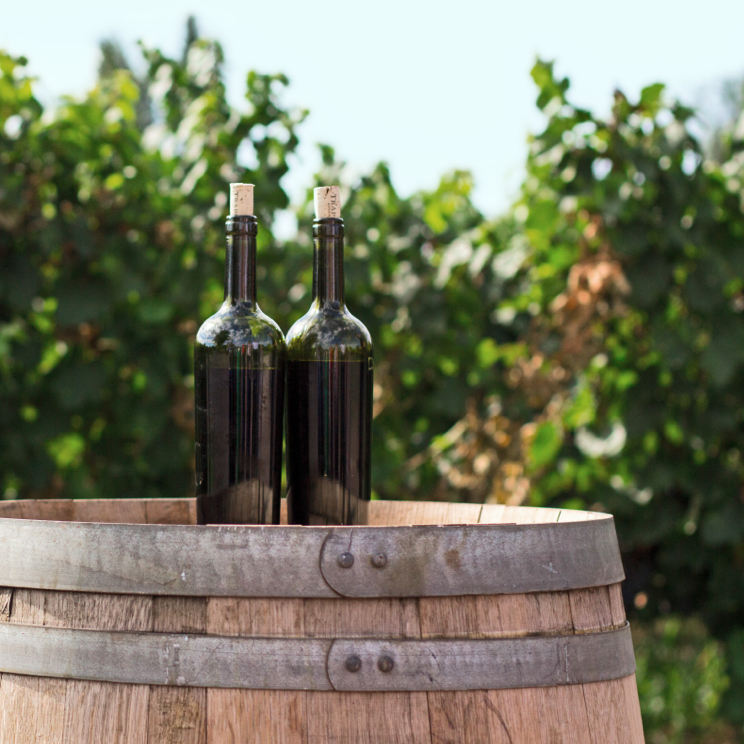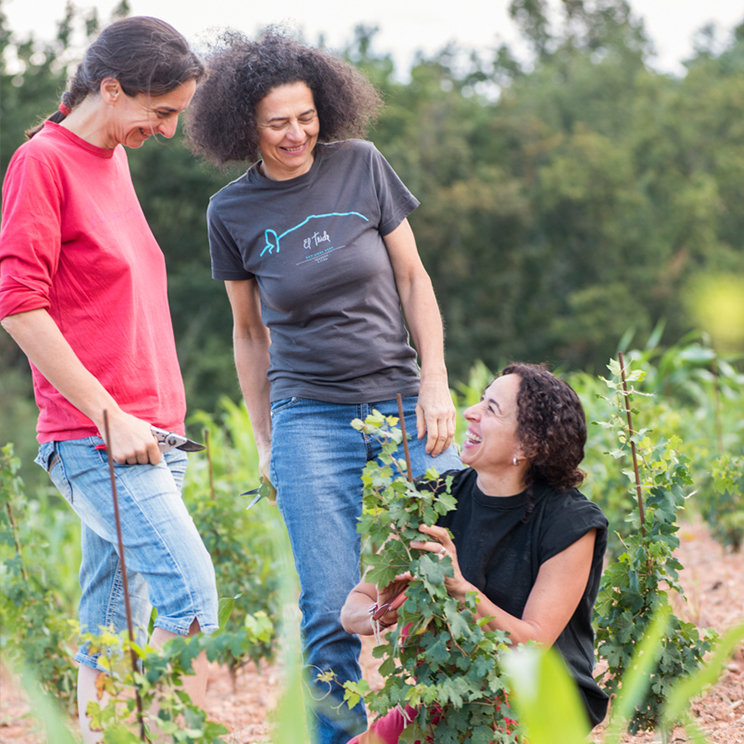Grower Spotlights
Foreau’s Peerless Vouvray Brut: Another Side of Chenin Blanc
From their enviable holdings in the tuffeau heart of the appellation, father and son Philippe and Vincent Foreau shepherd into bottle scintillating, kaleidoscopic wines which vibrate with mineral intensity, maintaining their haunting depth and laser-like precision even at triple-digit levels of residual sugar or in the presence of bubbles.
Read More
Grower Spotlights
Luigi Oddero’s 2016 Vignarionda: Barolo at its Most Singular
While “greatest” can be a matter of personal preference, what sets apart Vignarionda is its utter distinctiveness; it is as different in character from its immediate Serralunga neighbors as it is from sites much further away. In that regard, it embodies the essential irreducibility of a true grand cru—a site with a force of personality that overwhelms other considerations and resoundingly affirms the mysteries of terroir.
Read More
Grower Spotlights
The Beauty of Cassis Blanc: Sublime Seaside Wines from Domaine du Bagnol
Bagnol’s duo of their flagship Cassis Blanc and the singular “Caganis” represents an apex expression of Mediterranean white wine, both wines displaying a combination of southerly generosity, textural complexity, and salty cut that places them well within the ranks of better-known peers in fancier appellations.
Read More
Grower Spotlights
La Torre: New Releases from RWM’s Oldest Tuscan Partnership
Brunello developed a reputation for richness and heft over the years, and while it is undoubtedly more substantial than its counterparts in Chianti and Montepulciano, traditional Brunello should still express the inherent freshness and lift of Sangiovese. Thankfully, La Torre’s does so with aplomb, its character given added finesse due to La Sesta’s poor soil and high altitude.
Read More
Grower Spotlights
Bramaterra’s Rising Star: Andrea Mosca of NOAH
It is precisely Mosca’s kind of detailed, soil-based approach which points to an ever-brighter future for this winegrowing region which is still clawing itself out from prolonged economic depression, and we are excited to offer such unique and well-rendered lenses into this terroir.
Read More
Grower Spotlights
Gianluca Bergianti’s Terrevive: The Spearpoint of Lambrusco’s Vanguard
Gianluca produces sparkling wines which sizzle with life—electrifying, mineral-saturated bottlings that revel in their expressive power. They offer a palpable and exciting drinking experience fully at odds with mainstream Lambrusco’s conservative simplicity; for us, tasting them was like encountering the truth of the region for the first time.
Read More
Grower Spotlights
The Iconic Enfer d’Arvier from Danilo Thomain Returns
With his two hectares in production—one of which he cleared and planted himself several years ago—Danilo stands as the only independent bottler of wine in this zone whose viticultural records date back to the 13th century.
Read More
